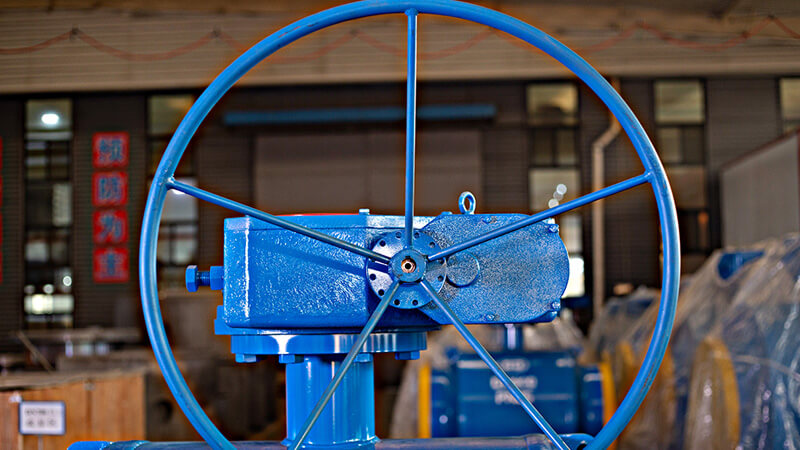In general, if it is not tightly closed, first check whether the steel valve has been closed in place. If the leak cannot be sealed after it has been closed in place, then check the sealing surface. For some ball valves, the sealing pair is detachable, so take it out for grinding and test again. If it is still not strictly closed, it must be returned to the ball valve factory for repair or replacement of the valve, so as not to affect the normal use of the valve and the occurrence of working conditions and other problems.

If the steel valve is not tightly closed, first find out what the problem is, and then solve it according to the corresponding method.
The reasons for the poor valve closing are generally as follows:
- Impurities are stuck on the sealing surface, and debris is deposited at the bottom of the valve or cushioned between the valve disc and the valve seat;
- The valve stem thread is rusted, and the welded body ball valve cannot rotate;
- The sealing surface of the valve is damaged, causing the medium to leak;
- The valve stem and the valve disc are not well connected, so that the valve disc and the valve seat cannot be in close contact with each other.
The treatment of the steel valve is not strict
1. There are impurities stuck to the valve seal
The valve sometimes suddenly closes improperly. It may be due to impurities stuck between the sealing surfaces of the valve. At this time, the valve should not be forced to close. Open the valve slightly larger, and then try to close it. Generally, it can be ruled out, otherwise it should be checked again. The quality of the media should also be kept clean.
2. Stem threads are rusted
For valves that are usually in the open state, when they are closed accidentally, the valve may not be closed tightly because the thread of the valve stem has rusted. In this case, you can repeatedly open and close the valve several times, and at the same time hit the bottom of the valve body with a small hammer, so you can close the valve tightly, without grinding and repairing the valve.
3. The valve sealing surface is damaged
For the case where the switch is still not tightly closed after multiple attempts, that is, the sealing surface is damaged, or the sealing surface is damaged due to corrosion, particle scratches in the medium, etc., this situation should be reported for repair.
4. Poor connection between the valve stem and disc
In this case, it is necessary to lubricate the valve stem and the stem nut to ensure that the valve can be opened and closed flexibly. There must be a formal maintenance program to strengthen the maintenance of the valve.
